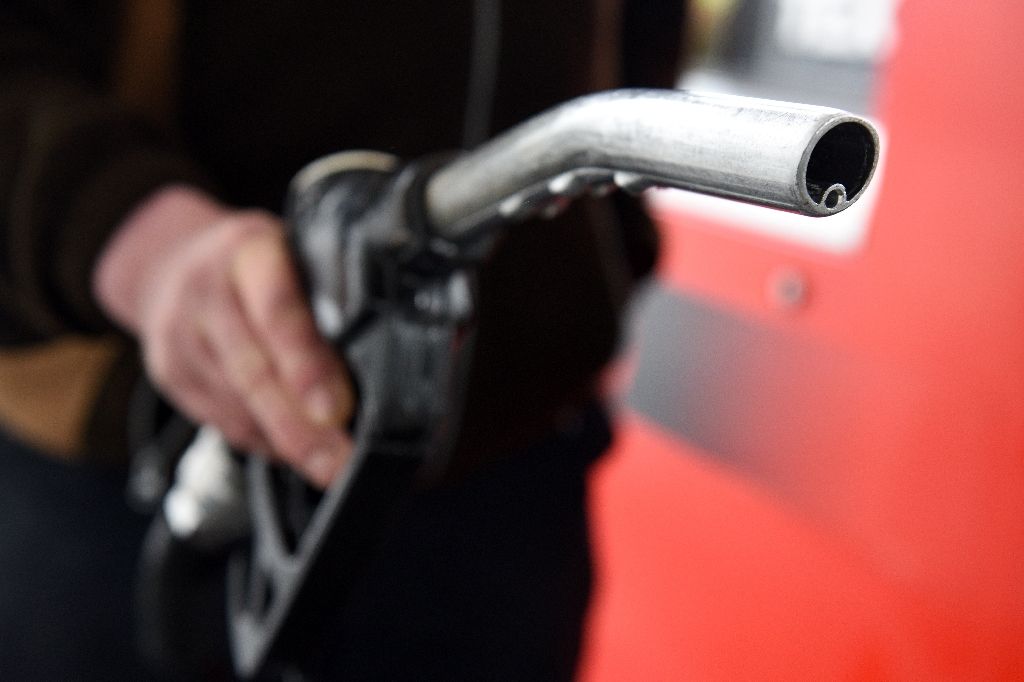
The recent move by oil giants Saudi Arabia, Qatar, Venezuela and Russia to freeze oil production at the January-2016 level will do little to increase oil prices.
Eighteen months ago, oil prices were above $100 per barrel and in a span of a few months, they are hovering around $30. Oil futures up to December 2024 are trading below $52 per barrel.
Falling oil prices - opportunity or threat
On the outset, the oil market now reacts only briefly to geo-political incidents; be it war in Syria or Iran, Saudi conflict or any other emergent news items. This is because there have been other, more impactful factors leading to the instability in oil prices.
Firstly, extensive drilling by the US has led to a glut of oil oversupply and subsequently reduced the country’s dependence on oil imports by more than 60%.
Average US oil production has increased 2.5 times from 2008 to 2015, which has led the country to significantly reduce oil imports by 3 times.
In 2014, US consumed only 27% of imported petroleum; glaringly the lowest in last 29 years. The country’s oil inventory has currently crossed 500 million barrels compared to 300 million barrels level in 2010.
At the same time, other countries like Canada and Brazil have also reached their record levels of oil production; reducing their dependencies on import oil.

The second major reason for the oil price decline has been the view, long held by OPEC, that Shale would be unsustainable at $60. This led them to increase their oil supply, resulting in crude oil inventories to reach alarmingly high levels. Oil production versus consumption significantly widened over last 2 years by more than 2 million barrels per day.
PM announces Rs5 reduction in price of petrol
Another attributing factor to oil price decline has been the severe economic slowdown of China.
China has turned from a net exporting country into the world’s largest importer of crude oil and its growth attributed to more than 40% of the global oil consumption growth in 2014.
However, with the country’s economy currently batting ‘decade low growth rates’, a report by the Energy Security Analysis (ESAI) forecasts that China’s oil demand for the next 15 years will slow down by more than 50% in comparison to last 15 years.
Reviewing the above factors in light of continuing oil industry developments gives us some lead into which direction oil prices can be expected to head.
While oil production in US currently stands at a record high, the decline in rig counts from 1,600 in 2014 to 400 in 2016 indicates that going forward we may see a decline in production.
Since production from shale well lasts around two years, the wells drilled in 2014 will continue their production by mid-2016. After that, it can be expected that production from US will decline and oil price will start trending upwards by end 2016 once the inventory starts depleting.
Furthermore, it is believed that hedge funds and private equity groups have set their eyes to take over assets of vulnerable US Shale companies which may lead the market to rebound once oil prices tick upwards, as the prices at current levels will not attract further investment in new projects.
Pakistan's oil refineries continue to enjoy healthy margins
The reduction from US shale is temporary. Whenever the price of oil goes up and investment becomes marginally profitable, US will start pumping oil into the market again as the cost of drilling shale well is reasonably low at $7 million and takes up to 20 days to drill.
Output per rig has multiplied by 4 times in last 6 years, and average cost of production is estimated to have fallen from around $60 per barrel to $40 per barrel. US Shale is now a ‘swing producer’ and, for OPEC, it’s a challenge to increase oil price beyond $70 per barrel.
Moreover, in OPEC, the Saudi government reserve is shrinking by more than $100 billion per year and if the prices remain low, OPEC countries will face a serious economic debacle. In a space of just one year, Saudi reserves shrunk from $750 billion to $620 billion.
Chance for govt to invest in
neglected areas
For Pakistan, it is a good opportunity to secure oil contracts at considerably discounted prices. Dependency on imported gas and crude oil should be limited, as the major portion of our import bill comprises of crude.
At current prices, savings from the import bill are expected to be around $10 billion by the end of the year. The government should focus on investing these savings in indigenous oil and gas reserves which have not been tapped yet.
UAE refinery to pump $500m into Pakistan
Pakistan enjoys oil and gas discovery success ratio of 1:3.2 for every well drilled, compared to overall world’s success ratio of 1:10 but the drilling density in Pakistan is 2.44 wells per 1,000 sq. km compared to global drilling density of 10 wells per 1,000 sq.km.
Investing in indigenous resources will not only reduce the import bill but also create employment, earnings in the form of royalties, taxes and social development of rural areas in Pakistan.
The current oil prices present Pakistan with an opportunity to import higher volume of crude. In 2007-08, Pakistan’s imports were over 175,000 b/d when oil prices averaged more than $80 per barrel. However, the volume of oil import in 2014-15 did not change much, even though prices were averaging $50 per barrel.
This shows that the import of oil in Pakistan is not a function of its price. Considering the need of energy in years to come with projected growth rate of more than 5%, Pakistan should consider seizing this opportunity and develop infrastructure to build significant inventory at cheaper price and hedge against pulsating oil prices.
While the possibility of a price increase remains, any substantial rise would result in technological development in energy sector.
Petroleum products: Revenue intake rises despite plunge in crude oil prices
Last time, when crude soared to $147, it led to the advent of the shale industry. Higher oil prices would mean more investment in alternate source of energy, which in the longer term would bring the average cost of energy down. Renewable energy, which has received 600% growth in investment over the last 10 years, could well be the next big thing in power and transportation industry.
Electric and hybrid car technology which have grown markedly in the last five years, could well become a substitute to oil / gasoline in the future. It can reasonably be believed that oil as a commodity has started to be replaced and future would see a limited use of oil.
As Sheikh Ahmed Zaki Yamani (Former Saudi Oil Minister) said in an interview in June 2000: “Thirty years from now there will be a huge amount of oil - and no buyers. Oil will be left in the ground. The Stone Age came to an end, not because we had a lack of stones, similarly, the oil age will come to an end not because we have a lack of oil”
The author is an ‘Oil & gas’ business professional and a certified energy risk professional
Published in The Express Tribune, March 14th, 2016.
Like Business on Facebook, follow @TribuneBiz on Twitter to stay informed and join in the conversation.



















1714024018-0/ModiLara-(1)1714024018-0-270x192.webp)























COMMENTS (14)
Comments are moderated and generally will be posted if they are on-topic and not abusive.
For more information, please see our Comments FAQ